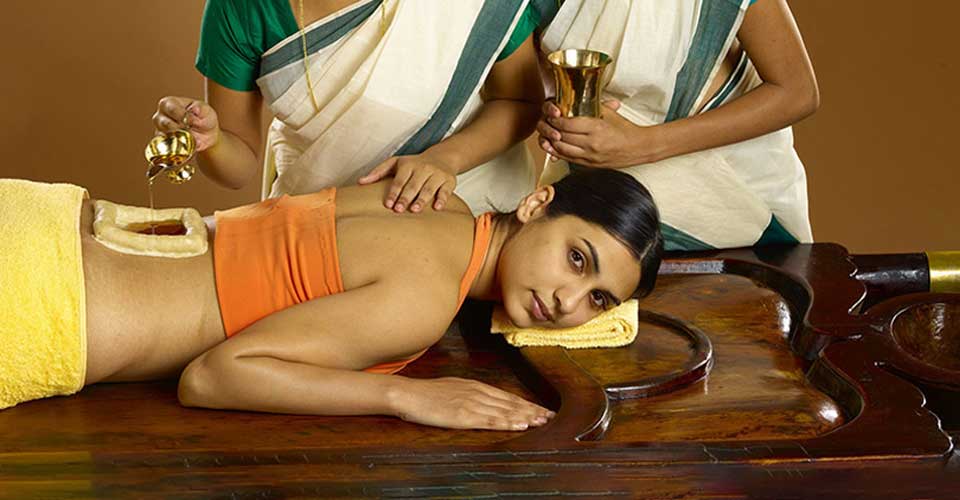
Pre-Panchakarma Preparation
Preparation for Panchakarma is crucial to ensure the effectiveness and safety of the treatments. Here are the key steps involved:
-
Consultation with an Ayurvedic Practitioner:
Generally, before commencing Panchakarma, a consultation session must be completed where the general health and constitution of one Dosha must be analyzed along with certain complaints that the patient might have.
-
Dietary Adjustments:
Before beginning with Panchakarma, it is suggested to slightly fast for two to three days, thereby taking only soft food.
This diet should include fresh fruits, fresh vegetables, and plain food such as kichari which is rice and lentils. Minimize the intake of salty and fatty foods, sweets, and other foods that have been through a high level of processing, caffeine, and alcohol.
-
Hydration:
Ensure you take a lot of water and other herbal teas to help flush out wastes from the body.
-
Mental Preparation:
Panchakarma is not only for the body, but it is also for the mind and hence it can be seen as a purging process of some sort.
It suggested daily practicing mindfulness, meditation, and gentle yoga to get your mindset for the therapy.
-
Gathering Supplies:
Make sure that you have all the supplies you will need and for this, you may need to have in stock herbal oils, certain specific Ayurvedic herbs, and recommended supplements or teas.
Are There Any Precautions Needed To Be Taken?
While Panchakarma is generally safe, certain precautions are necessary:
-
Professional Guidance:
Panchakarma should always be administered under the guidance of an Ayurvedic physician, and the treatments given are suitable to the individual’s state of health.
-
Individualized Approach:
Panchakarma can be done as per the dosha and the current status of the health of the person to be treated. Avoid a one-size-fits-all approach.
-
Monitor Reactions:
It is equally important that one should listen to their body along with its signals. In cases of aggravated discomfort or negative effects, do not continue the therapy and seek your provider.
-
Post-Treatment Care:
To reap the benefits of Panchakarma, it is recommended that the patient should adhere to certain dietary and lifestyle changes after the treatment is over. Eschew any form of exercise or anything that requires a lot of energy from the body and let your body recover.
How Does Rama Care Do Panchakarma?
Rama Care is renowned for its comprehensive and personalized Panchakarma treatments. Here’s how they approach the process:
-
Detailed Initial Consultation:
The holistic approach in Rama Care first starts with taking the clients’ health profiles, dosha, and complaints. This helps in providing any type of treatment you may need, a personalized one best suited to your needs.
-
Holistic Preparation:
They contain a lot of information on the modifications to diet modes and other activities that have to be made before undergoing Panchakarma. This includes diets, herbs, and behaviors that get an individual mentally prepared for a fight.
-
Personalized Treatment:
Among the offered Panchakarma treatments at the Rama Care, there are especially Vamana, Virechana, Basti, Nasya, and Raktamokshana. Both services are individualized based on the health needs of the patient.
-
Experienced Practitioners:
The treatments are delivered by qualified and professional Ayurvedic doctor who guarantees that every procedure is done correctly and without contraindications.
-
Post-Treatment Support:
Rama Care offers the best follow-up and advice after the session of Panchakarma to ensure that you enjoy the benefits of this therapy. This encompasses advice on diet, behavior change, and perhaps, further visits to the physician.
FAQs
-
Are there any side effects associated with Panchakarma procedures?
The side effects of panchakarma procedures are normally temporary and include tiredness, slight gastrointestinal discomfort, lightheadedness, and mild headache or anybody emotional manifestation that is typical of a cleansing process.
These effects are usually complained of and utterly mild as they are temporary.
Nevertheless, precautionary measures should be taken while opting for panchakarma and this treatment has to be done under the direction of a certified Ayurveda professional to effectively handle any side effects that may occur.
-
How often should one undergo Panchakarma therapy?
In normal circumstances, Panchakarma therapy may be maintained a couple of times, annually depending on the patient’s health, the lifestyle adopted, and the dosha level present.
It is usually advised to be conducted at least once or twice a year to offer a preventive health check. People with certain ailments and extents of imbalance could need more regular sessions as suggested by the Ayurvedic doctor.
-
Can Panchakarma be customized based on individual health needs?
Yes, it is legal and indeed quite desirable to adapt the Panchakarma to the particular client’s state of health.
An Ayurvedic practitioner will prescribe the treatments depending on the dosha, health status, and the vatta, pitta, or kapha imbalance.
Such an approach is effective and safe and guarantees the maximum results in the therapy process.
-
What qualifications should I look for in an Ayurvedic practitioner performing Panchakarma treatments?
Ayurvedic practitioners should be formally trained and certified in Ayurveda with a school or college that offers the course.
They should have experience in the Panchakarma treatments for the patients and should be affiliated with a professional Ayurvedic council or chamber.
Recommendations and word of mouth are also very significant signs that can show the qualification of a practitioner.
- Tags:
- procedure of panchakarma